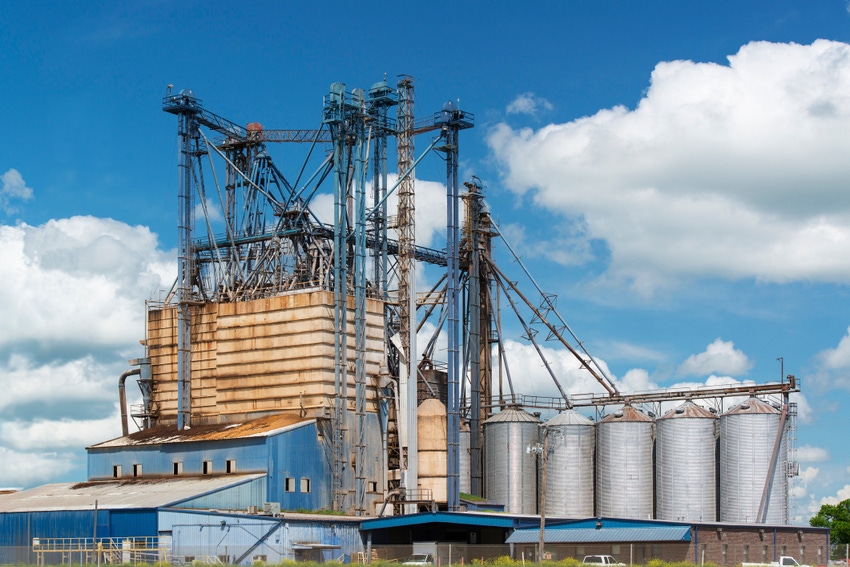Document meant to disseminate biosecurity best practices, starting with commitment from operators and adaptation to local situation.
August 28, 2019

While the livestock farming community is put under stress by the prospect of outbreaks of viral diseases, in particular African swine fever (ASF) and avian influenza, the European Compound Feed Manufacturers’ Federation (FEFAC) said minimizing the risk of incidental dissemination of pathogens is everybody’s business: farmers, their supply industry, grain collectors and farm visitors (advisers, service providers, etc).
The potential devastating impact of ASF, in particular, shows that operators connected to livestock farms cannot afford any shortcomings when it comes to biosecurity, and in most European countries, feed manufacturers have already implemented effective biosecurity measures based on guidance developed by the sector, FEFAC said.
FEFAC has built on these national guidances and knowledge its members gained from past outbreaks to issue "Recommendations for the Development of a Biosecurity Plan at Feed Manufacturer Level." The purpose of this document is to secure maximum dissemination of best practices, bearing in mind that the starting point for an effective biosecurity plan is commitment from operators and adaptation to the local context, FEFAC said.
The European Union Feed hygiene legislation -- Regulation (EC) No 183/2005 -- sets a solid baseline to manage the risk of dissemination of any pathogen via feed: Guides to good practices have been developed at the EU-wide and national levels to help operators implementing prerequisite programs and hazard analysis and critical control points (HACCP)-based procedures for the control of hazards in feed. FEFAC, said additional provisions are required to address the risk of dissemination of pathogens via vectors other than feed (such as vehicles or personnel).
FEFAC said the focus of the new document is on biosecurity measures for sourcing feed ingredients, transport, storage, manufacturing and delivery of final feed to farms. It also covers visits to farms by feed company personnel.
These recommendations are primarily meant for operators based in countries where there is no detailed professional/legal guidance yet for drafting and implementing biosecurity plans at the feed mill level. They must be considered in the light of national guidance and/or legal requirements, where relevant.
FEFAC annual report
FEFAC has also published its 2018-19 annual report, which provides an overview of FEFAC actions and positioning on the most pertinent topics relevant to the European feed industry over the last 12 months.
FEFAC said the report includes a recap of its recent 60th anniversary event in Brussels, Belgium, and topics such as European feed protein production, environmental footprinting and the role of animal nutrition in tackling antimicrobial resistance. The middle section contains a selection of 2018 statistics related to compound feed manufacturing.
In the introduction, FEFAC president Nick Major provides a state of play of the topics of greatest importance to the European feed industry. He pointed to the consistent threat of virus diseases that strongly affect the EU pig and poultry sectors, in particular ASF and avian influenza. He also expressed concerns about ongoing geopolitical developments and their impacts on the trade environment.
Looking ahead to the final year of his presidency, Major pointed to the development of a FEFAC Feed Sustainability Charter 2030, to be published June 4, 2020, at the XXIX FEFAC Congress in Antwerp, Belgium.
FEFAC represents 23 national associations in 23 EU member states as well as associations in Switzerland, Turkey, Serbia, Russia and Norway with observer/associate member status.
Farm animals in the EU-28 consume an estimated 830 million metric tons of feed a year, about 20% of which are produced by compound feed manufacturers.
You May Also Like


.png?width=300&auto=webp&quality=80&disable=upscale)
